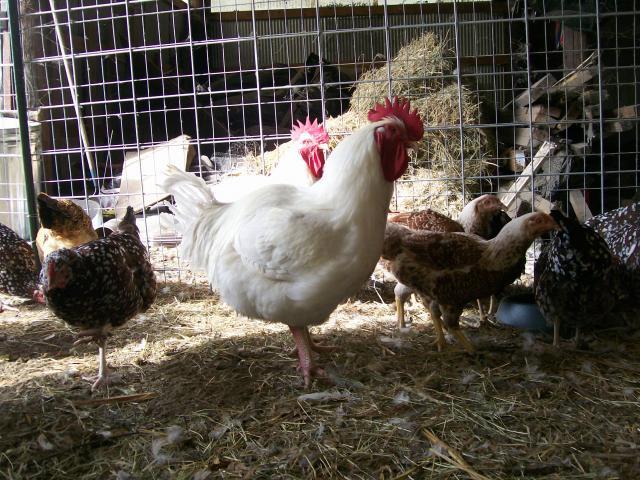deerman
Rest in Peace 1949-2012
Hybrids will not breed true....because some will take after the cornish side, other after the white rock side, yes some will be like rock cornish. Not all
Follow along with the video below to see how to install our site as a web app on your home screen.
Note: This feature may not be available in some browsers.



